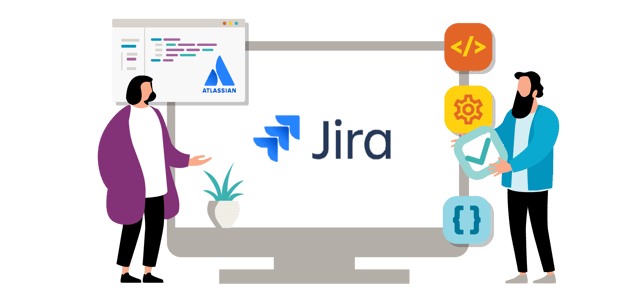JIRA is a popular project management and issue-tracking tool developed by Atlassian. Originally designed for bug tracking, it has evolved into a comprehensive platform used for managing various types of projects, from software development to business processes.
What is JIRA? JIRA is a web-based application that helps teams plan, track, and manage their work. It provides a suite of features to handle tasks, track progress, and streamline workflows. JIRA’s flexibility makes it suitable for various project management methodologies, including Agile, Scrum, and Kanban.
How is JIRA Used?
- Issue Tracking: JIRA allows users to create and manage issues, which can be anything from bugs and tasks to user stories and features. Issues can be assigned to team members, prioritized, and tracked through various stages of completion.
- Project Management: Teams can create and manage projects, set up boards, and visualize workflows. JIRA supports Agile methodologies by providing tools for sprint planning, backlog grooming, and tracking progress with burndown charts.
- Custom Workflows: Users can design custom workflows to match their team’s processes. This includes defining statuses, transitions, and rules for how issues move through the workflow.
- Reporting and Analytics: JIRA offers reporting tools to generate various types of reports, such as sprint reports, issue statistics, and time tracking. These insights help teams monitor performance and make data-driven decisions.
- Integration: JIRA integrates with a wide range of other tools, including Confluence (for documentation), Bitbucket (for code repositories), and various third-party applications, enhancing its functionality and streamlining processes.
Overall, JIRA is a versatile tool that helps teams manage projects more efficiently, adapt to changing requirements, and improve collaboration and transparency.

